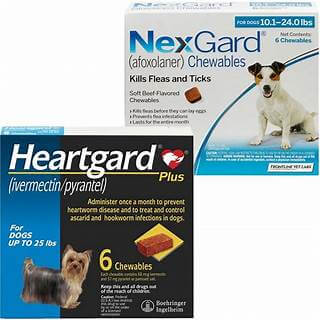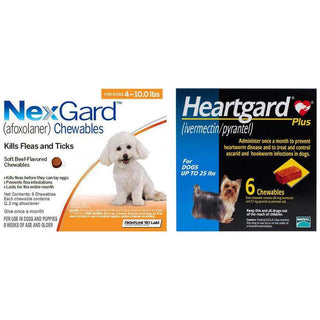
Like children, dogs experience various emotions, from joy to fear and anger. However, they cannot express these feelings verbally. As a pet owner, it's crucial to understand your dog's emotional cues, as it will deepen your bond and improve their overall well-being.
For instance, when a dog is feeling frustrated or wants attention, it often exhibits easy-to-recognize behaviors. These can include barking, jumping, staring intently at an object of desire, whining, or even trembling.
In addition to these signals, dogs subtly express love, affection, playfulness, and happiness. Signs of a happy dog often include relaxed ears and eyes, a wagging tail, affectionate gestures like "puppy kisses," and a broad, relaxed smile. It's important to remember that each dog is unique, and their level of activity or desire for social interaction may change as they age.
Understanding your dog's emotions is key to their well-being. Beyond the immediate signs of joy, other indicators reveal your dog's emotional state. Recognizing these cues will help ensure your dog remains healthy, happy, and loved.
Signs That Show Your Dog Is Happy
Recognizing your dog’s body language and behaviors is crucial in identifying when they are calm, happy, and healthy. If these cues are missing, it could be a sign that your dog is feeling unwell or uneasy. Here are some important indicators to help you gauge if your dog is feeling content and comfortable:
Soft, Gentle Gaze
A content dog will have relaxed eyes and eyelids, a soft gaze, and frequent blinking. Narrowed eyes or a hard stare may signal aggression, while wide eyes with visible whites could mean your dog is frightened.
Loose Or Wiggly Body And Tail
A happy dog's body and tail will appear relaxed, often with a wiggling motion that involves its entire body. When your dog shows its belly and wiggles, it strongly indicates happiness and comfort. At the same time, a slightly raised tail is a sign of contentment; a very high tail may indicate overexcitement or agitation. Conversely, a stiff or tense body with a tail tucked under suggests fear or discomfort.
Joyful Facial Expression
Happy dogs often seem to smile. Their mouths are soft and slightly open, with the corners turned upward. While some teeth may be visible, this isn't a sign of aggression but relaxation. A lolling tongue also suggests contentment, but it's important to distinguish this from open-mouth panting, which could indicate stress or overeating.
Relaxed Ears
While ear shapes vary across breeds, a happy dog typically has ears that rest naturally against their head. Some dogs may have one ear cocked up, while others may have both ears loose and floppy. Ears pricked forward suggest interest, but ears pulled back or held stiff can be signs of stress or fear.
Play Bow
A play bow—when a dog lowers their chest to the ground while keeping their rear in the air—is a clear invitation to play. It's your dog's way of signaling they are in a playful and positive mood.
Playful Movements
Dogs often demonstrate happiness by bouncing, hopping, or dancing when they're excited to see a favorite person or fellow dog. These playful gestures typically signal a desire for interaction and fun.
Enthusiasm For Activities
A happy dog is excited during playtime, walks, or car rides. While dogs naturally slow down with age, a sudden disinterest in favorite activities may indicate your dog is unwell or stressed.
Happy Barks
High-pitched, short-duration barks are often signs of a happy dog. However, don't rely on barking alone—consider the overall body language to confirm your dog's emotional state.
Ample Sleep
Healthy adult dogs generally sleep up to 16 hours a day. If your dog isn't getting enough rest, it could be a sign of stress or illness.
Healthy Appetite
A content and healthy dog will have a strong appetite. A noticeable change in eating habits is often one of the first signs that something may be wrong with your dog's health or emotional state.
Sociability And Friendliness
Although each dog's sociability varies, happy dogs tend to be friendly with other pets, enjoy playing at the park and are generally not aggressive toward new animals. These behaviors reflect a positive mood and emotional well-being.
Good Behavior
Content dogs are less prone to destructive behaviors. Chewing is a natural way for dogs to explore their surroundings, excessive chewing or other destructive actions, particularly in adult dogs, can be signs of stress, boredom, or separation anxiety.
Enjoying Petting And Contact
Happy dogs seek and enjoy physical contact. If your dog leans into your hand or stays close during petting, it will likely appreciate the affection. If it pulls away or avoids contact, it may need some space.
By being mindful of these cues, you can ensure your dog remains happy and healthy. Recognizing subtle changes in behavior and body language is key to understanding your dog's emotional well-being.
Tips For Ensuring Your Dog's Happiness
Keeping your dog happy involves meeting their physical and emotional needs by understanding what truly matters in the canine world. Here are some essential tips to ensure your dog remains content and well cared for:
- Provide a Nutritious, Balanced Diet: Feed your dog a healthy diet that suits their life stage, breed, and specific health requirements. A good balanced diet is must for promoting your dog’s overall health and maintaining their energy levels.
- Offer Mental Stimulation: Keep your dog mentally stimulated and engaged with puzzle toys, chew toys, and frequent interactive play sessions. Just like physical exercise, mental challenges are essential for your dog’s overall happiness and well-being.
- Ensure Regular Physical Exercise: Tailor the amount and intensity of exercise to your dog's abilities and life stage. Regular physical activity helps release energy, improve mood, and keep your dog healthy.
- Show Love and Affection: Make time for bonding and affection with your pet. Dogs thrive on love and attention, and providing consistent care and companionship fosters a happy, trusting relationship.
Addressing these fundamental aspects of your dog's life will help ensure that it stays happy, healthy, and fulfilled.






